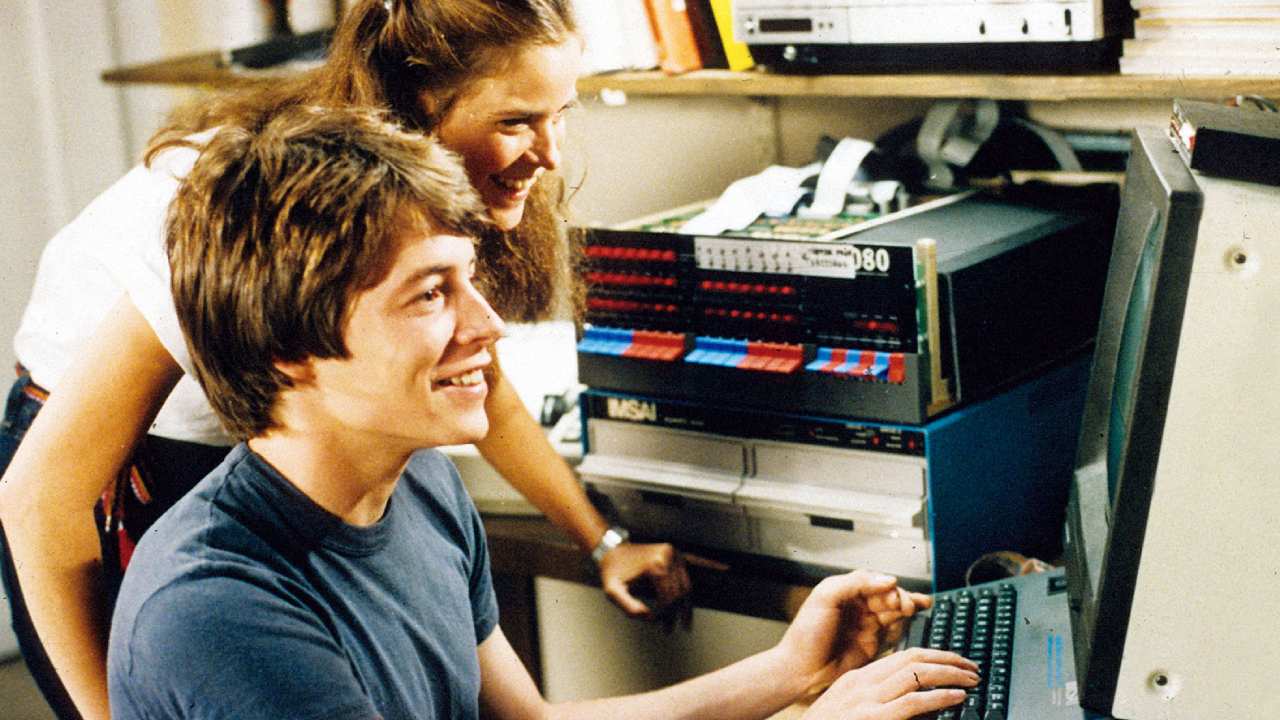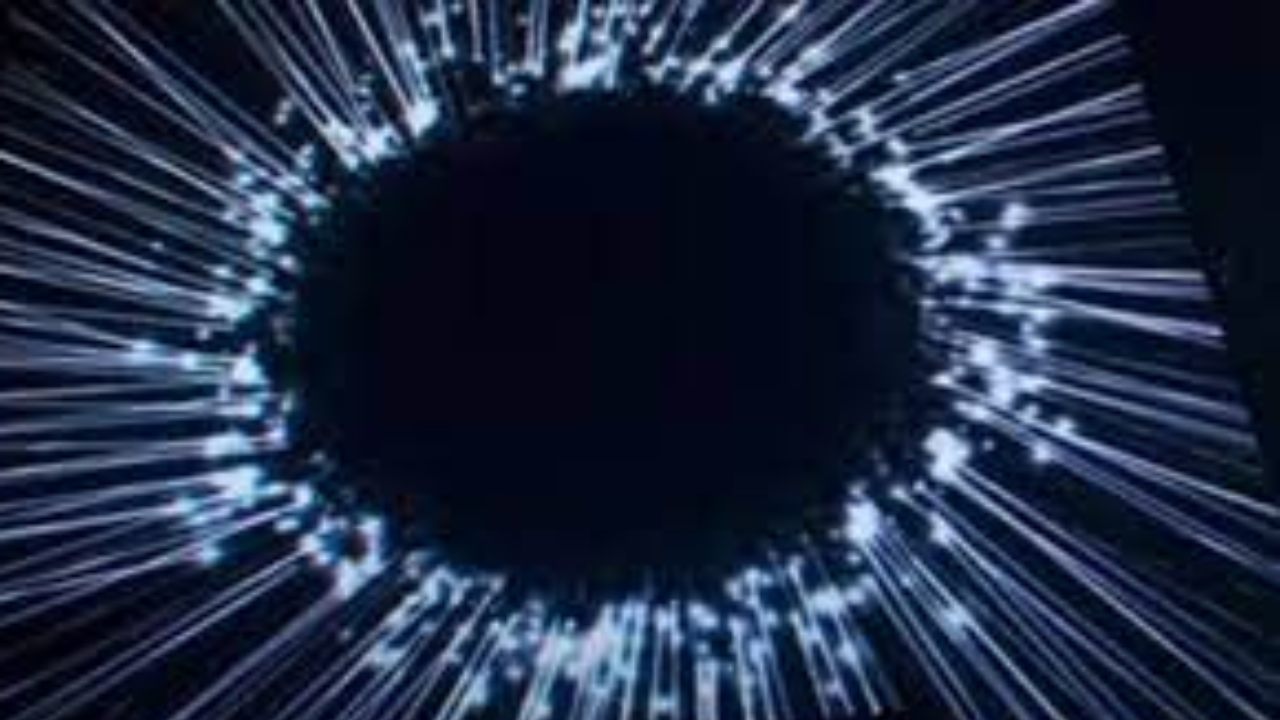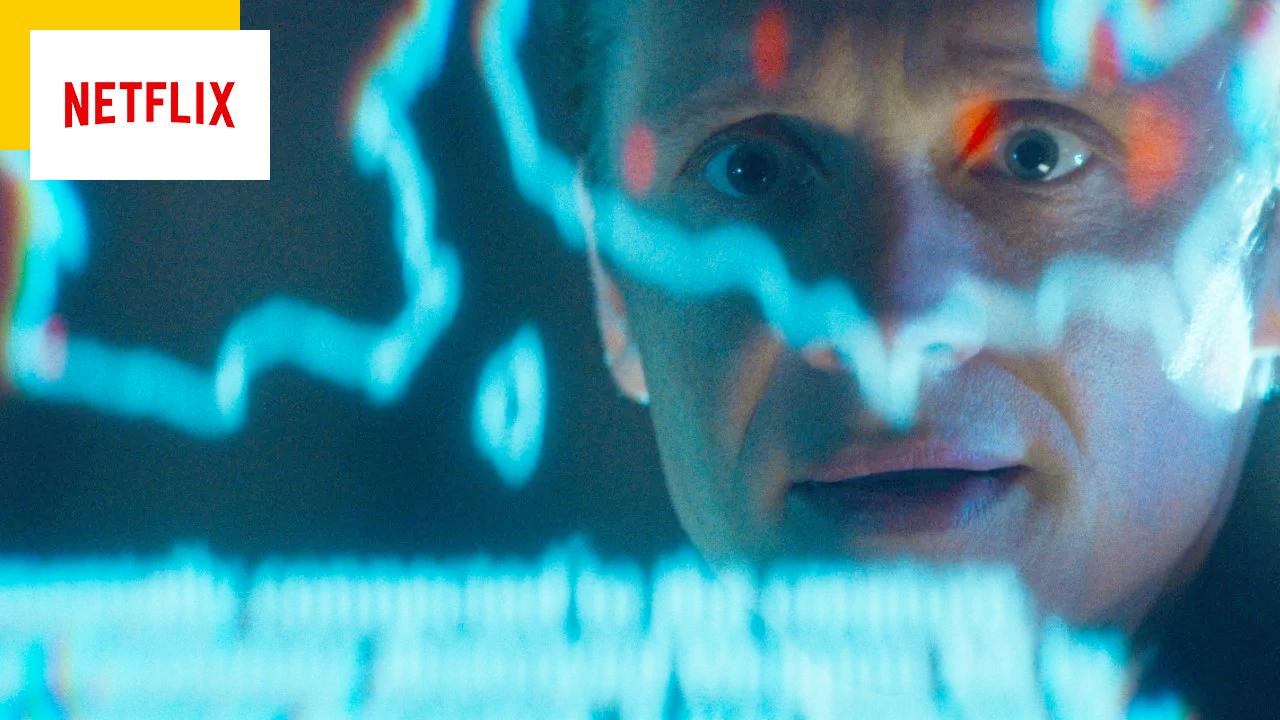The new Netflix film Agent Stone places Artificial Intelligence at the heart of its plot. A subject which the cinema seized very early on.
Artificial intelligence is taking more and more place in our daily lives. This process of imitating human intelligence is more than ever at the heart of the debate: should we set limits to it? What are the possible deviations? If it does not date from today, it invades the public square and is now accessible to all.
The cinema has obviously also appropriated the subject for a very long time, as explained in this article Loïc Besnier, doctor in Epistemology, History of Science and Technology. His research focuses in particular on the representations of science in cinema as well as their reception by the public: “Artificial intelligence being a field widely represented in cinematic fiction, it was difficult not to be interested in it”.
The question of AI is topical for two reasons: first, the question of its use in Hollywood is one of the points raised by screenwriters and actors currently on strike on the other side of the Atlantic. Today, it is the stuntmen who see their job threatened by the studios who want to model their bodies in order to artificially add them to the screen.
We also talk about it because this summer, two big blockbusters are making artificial intelligence the heart of their plot: Mission Impossible 7 (at the cinema) and Agent Stone. As we will see, these two examples treat the subject differently.
In the case of the Netflix film with Gal Gadot, it is a tool called The Heart which is used by the Charter an independent agency which anticipates attacks and predicts the success of a mission thanks to statistics… A supercomputer used as A McGuffin (a mysterious material object which is a pretext for the development of a scenario) because it is at the center of all desires and that it must be “saved”.
The release of Agent of Stone is an opportunity to look back on 5 films that have approached artificial intelligence in their own way. As explained previously, the cinema seized the subject very early: “AI staging is not a recent phenomenon”confirms our expert.
“Besides, if it is true that we are talking more and more about research and the possible applications of AI, these scientific questions are not new since we consider that this is becoming a field of research. in the mid-1950s. But we must also consider that the questions surrounding the creation by man of a form of intelligence predate this date. For example, in 1927, Fritz Lang was already venturing into this field with Metropolis.”
2001: the space odyssey and the example of HAL 9000
When we talk about Artificial Intelligence, we think – sometimes wrongly – of malicious robots that turn against humans. And that’s normal, since the cinema has come to nurture this idea, sometimes bringing in a few nuances. Besides, when we think of a film where machines want to control us, one of the first to come to our mind is 2001: A Space Odyssey by Stanley Kubrick.
He makes HAL 9000, a supercomputer capable of reproducing most of the activities of the human brain, the big villain in his story. A feature film released in 68 and which already illustrated the possible excesses of AI. In this case, HAL 9000 thinks it is doing the right thing, jeopardizing the safety of the astronauts on board the ship.
Copyright DR HAL 9000 in 2001: A Space Odyssey
“If we look at the role of AI in the diegesis of achievements, major axes can be put forward. That of a fundamentally evil AI, posing in fact as an antagonist of the hero or heroes. But another scenario may arise, where the AI gradually becomes malicious. This is also the case of HAL in 2001, pushing the discussion towards the notions of reflection and learning of this AI.”
If all is well that ends well, Kubrick’s film offers us the portrait of an almost human AI, which can surpass us. If to date, such a thing has not yet happened, 2001: A Space Odyssey already laid some interesting foundations.
WarGames: when it turns into a war drama
We are in 1983, in the middle of the Cold War. Computers are slowly invading our homes. It was during this period that WarGames was released in cinemas, a film that can now be described as cult, directed by John Badham, with Matthew Broderick.
The latter slips into the skin of David Lightman, a little geek who likes to modify his notes on his computer. While he was thinking of playing Tic Tac Toe, he accidentally plugs into the computer of the Department of Defense (the WOPR) which takes seriously what was initially only a game… The latter thinks of playing for the United States. United and face the USSR (the hero). We’re one click away from World War III.

Metro Goldwyn Mayer France
At the time of WarGames, which looks more like a thriller than a science fiction film, the terms Artificial Intelligence are not yet widely used. In this present example, we are faced with a computer that compiles information and processes it. He is capable of reasoning but that stops here. WOPR doesn’t really have a conscience like HAL, but it’s still dangerous when misused.
I Robot and the Declaration of Independence
When we think of Artificial Intelligence, what comes to mind are the words “computer” or “android”. It is true that robots have always fascinated us and continue to do so today.
I Robot (in the cinema), Become Human (in video games), Real Humans… there is no shortage of examples when looking for productions in which robots have integrated our society. This is also a pretext for it to turn to drama in a second time. Their representation has evolved over time. In Ex Machina (2014) for example, he takes the face of Alicia Vikander and traps his interlocutor in order to escape.

copyright DR
The robots of I Robot
In Alex Proyas’ film with Will Smith released in 2004, the action takes place in 2035. The hero investigates the murder of a robotics researcher whose main suspect seems to be an android. I Robot starts from the three laws of robotics formulated in 1942 by science fiction writers Isaac Asimov (the Foundation cycle) and John W. Campbell by putting them to harm: a robot cannot harm a human being / a robot must obey the orders given by human beings / a robot must protect its existence insofar as this protection does not conflict with the first or the second law.
I Robot is the perfect example of AI opposing its creator and wanting to declare its independence (using violence).
Her: when it turns into a sentimental drama
Soft, poetic, fascinating… In 2014, Spike Jonze plunges us into the near future, in which he imagines an ultramodern computer program capable of adapting to the personality of each user. This artificial intelligence is able to fill an emotional gap, as for the character played by Joaquin Phoenix. He meets Samantha (Scarlett Johansson), an intelligent, intuitive and surprisingly funny female voice. Samantha’s needs and desires grow and evolve, just like Theodore’s, and little by little, they fall in love…
“HASith time and the evolution of research in artificial intelligence, it is possible to observe a tendency to broaden these axes [sur le rôle des IA dans la diégèse]. Spike Jonze, for example, took a step towards the idea of a split between the human world and the AI world in Her. The movie of Steven Spielberg Artificial intelligence (2001) even shows robots coming to meet the emotional needs of some humans. “
In this example, the AI is not portrayed as a danger but that does not prevent the film from turning into a sentimental drama: they love each other but they cannot see each other, touch each other, have a physical relationship… Her shows the limits of the genre.
Mission Impossible 7 and its supreme AI
We no longer present Mission Impossible, super spy franchise carried by Tom Cruise. After preventing terrorists from getting their hands on nuclear warheads, stealing a virus capable of decimating an entire population or even avoiding a Third World War, Ethan Hunt must this time face an enemy who is not quite human.
In Dead Reckoning, released last July at the cinema, the super agent must this time get his hands on two keys allowing him to control an artificial intelligence. But Ethan Hunt is racing against this same Intelligence which seems endowed with a conscience. If the plot is nothing original compared to what has been done in the cinema in the past, one aspect in particular made our expert Loïc Besnier react:
“As far as visual representations of AI are concerned, it also seems that we are gradually moving towards a staging other than that of the android or the humanoid, by introducing non-material AIs. In MI7, the AI is effectively presented as destructive on the one hand and superior in intelligence to all the other protagonists, which often gives it an edge.

Paramount
Mission Impossible 7 entity
What I find particularly interesting in MI7 is the quasi-religious treatment of the AI, incidentally called “the entity”. It is quite striking in the scene of the Venetian nightclub where the entity seems to dominate all the protagonists, whether it is the agents of Mission impossible, their opponents and of course Gabriel (Essay Morales), Hunt’s main enemy, both slave and prophet of the entity he seems to love as much as fear.”
It is true that the name of the character of Esai Morales was not chosen at random since in the Bible, Gabriel is an archangel, considered the main messenger of God. In this fight against an almost celestial AI, only Ethan Hunt / Tom Cruise erected as a superhero – can carry out this impossible mission (which also requires a part 2 expected in cinemas in the summer of 2024).
A subject that will not run out of steam in the cinema
For more than 50 years, cinema has been doing a marvelous job of anticipating Artificial Intelligence, by feeding our imaginations. If it takes more and more place in our life, we can count on the 7th art to drink from it and imagine ever more exciting stories:
“There is no reason to think that it will run out of steam, on the contrary, the more we progress in research on AIs and the more it will irrigate fiction. As for drifts, there are none in my eyes. Cinema and art in general must be able to treat each subject as it sees fit.
